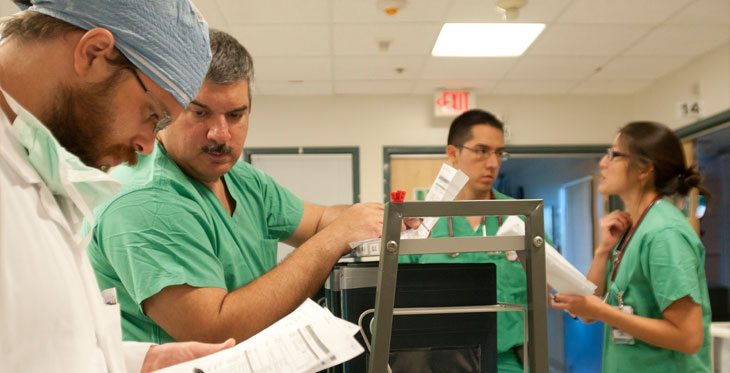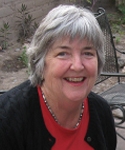On the morning of September 11, 2001, the Arizona Burn Center was one of hundreds of U.S. hospitals scrambling to get ready for the thousands of people who would be pulled from the burning wreckage of the World Trade Center.
At least, that was the hope. The reality, of course, is that almost none of the people who were at their desks or enjoying breakfast that morning at Windows on the World ever had a chance of being saved.
But out of that horrible day came the nation’s realization that terrorist attacks and other tragedies were no longer confined to the rest of the world. They could happen right here, to us.
And from that came a call to action – from federal and state governments, the American Burn Association and others – to build a system that could handle thousands of burn patients whenever the need occurred.
In 2002, the Arizona Department of Health Services asked surgeon Daniel M. Caruso, MD, then director of the Arizona Burn Center at Maricopa Medical Center in downtown Phoenix, to draft a plan to expand the state’s capacity for burn patients.
The solution, Caruso and others recognized, was to connect his 45-bed center to hospitals in Tucson, Flagstaff, Yuma and rural communities through the Arizona Telemedicine Program. The “spoke” hospitals were equipped with portable telemedicine units and as a result, there are now 110 more burn beds statewide.

“Let’s say St. Mary’s in Tucson gets 10 burn patients,” Caruso says. "The staff there can take ‘Doc on a Stick’ – a robotic device that transmits images of patients in outlying hospitals to the Burn Center – and I can do a one-on-one consult with the doctor at St. Mary’s.”
The benefits are profound, he says. “We are located in the middle of the state. We’ve got a 1,500 mile radius from where we can take patients – including California and New Mexico. Not all burn patients have to be transported to our center, but either way, we can see what’s going on even before the helicopter arrives. We can help with supportive care, and get treatment started earlier.
“A lot of patients still come to us who don’t need to come here,” Caruso says. “I can talk to the other doctor and in some cases we can determine that the patient can be treated locally, instead of bringing the patient to us by helicopter, which costs $10,000.”
Caruso and the Burn Center’s other surgeons have telemedicine capability on their home computers – desktop and laptop – so emergency physicians at outlying hospitals can count on 24/7 access to a burn specialist.
Flagstaff Medical Center consults with the Arizona Burn Center about once a month, on average.
“Having telemedicine available to us has just revolutionized things,” says Kevin Conn, MD, one of the Flagstaff hospital’s emergency physicians.
“In a couple of minutes the specialists at the Burn Center can see our patient and recognize the severity of their injuries. Now the Burn Center surgeon can say, ‘Yeah, that guy definitely needs to come down. Get him on a helicopter,’ or ‘I need to see this patient in person, but if her pain is under control, she can wait to come down in a day or two.’”
For Conn, who has been with Flagstaff Medical Center for 12 years, “Burn telemedicine is a very welcome consultative service. Being able to turn on the screen and instantly have a burn surgeon looking at the patient, delivers care in Flagstaff that you wouldn’t have had before telemedicine.”

